Free Shipping on Selected Items
- Heyn News
- Winter Safety Checklist for Facilities Managers in the UK
Heyn Handling Solution/Environmental
Winter Safety Checklist for Facilities Managers in the UK
As the winter months roll in, facilities managers across the UK face unique challenges to keep buildings safe, warm, and operational. Snow, ice, freezing temperatures, and reduced daylight hours can impact everything from structural integrity to employee safety. To ensure your facility is prepared, here’s a comprehensive winter safety checklist.
1. Perform a Winter Risk Assessment
Before winter sets in, conduct a thorough risk assessment to identify areas susceptible to cold weather hazards. Key aspects to evaluate include:
- Slip and trip risks: Check pathways, car parks, and entrances for uneven surfaces that could worsen with ice or snow.
- Roofing and gutters: Inspect for damage or blockages that could cause water pooling or icicles.
- Heating systems: Assess the reliability of boilers, radiators, and HVAC systems to prevent breakdowns.
2. Maintain Safe Access Routes
Ensuring safe access is critical for both employees and visitors.
- De-icing materials: Stock up on salt, grit, and other de-icing agents early in the season.
- Snow clearance plans: Develop a plan to promptly clear snow from paths and car parks. Identify contractors if necessary.
- Lighting checks: Replace faulty bulbs and ensure outdoor lighting is sufficient to illuminate dark, icy areas.
3. Inspect Building Systems
Cold weather can strain essential systems. Conduct preventive maintenance on the following:
- Heating and insulation: Test systems for efficiency and insulate exposed pipes to prevent freezing.
- Power supply: Ensure generators are functional in case of power outages.
- Water systems: Inspect for leaks and lag pipes to protect against freezing temperatures.
4. Fire Safety Measures
Winter sees an increased risk of fire due to heating systems and holiday decorations.
- Test alarms: Check that fire alarms, smoke detectors, and sprinkler systems are in working order.
- Heating equipment: Ensure portable heaters are safe to use and not left unattended.
- Holiday decorations: Use flame-retardant decorations and avoid overloading sockets.
5. Emergency Preparedness
Unpredictable winter weather can lead to emergencies. Plan ahead with:
- Emergency kits: Include torches, blankets, first aid supplies, and a list of emergency contacts.
- Evacuation plans: Ensure plans are up to date and staff are trained for winter-specific scenarios.
- Communication protocols: Implement a system for notifying staff about closures or hazardous conditions.
6. Review External Contracts
Collaborate with third-party providers for winter services.
- Snow clearance: Confirm contracts with snow removal or gritting companies.
- HVAC servicing: Schedule routine maintenance with trusted providers.
- Landscaping and drainage: Clear debris to prevent flooding and ensure water can flow freely
7. Monitor Weather Conditions
Keep an eye on the weather forecast to anticipate and react to severe conditions.
- Use alerts: Sign up for Met Office warnings to stay informed about snow, ice, or storms.
- Prepare early: Take proactive measures before bad weather strikes, such as applying grit in advance
8. Ensure Staff Awareness
Your safety protocols are only effective if your team knows them.
- Training sessions: Educate staff on winter safety procedures, including slip prevention and emergency actions.
- Clear communication: Use signage to highlight icy areas and temporary hazards.
- PPE availability: Provide gloves, hats, and non-slip footwear where necessary.
9. Address Indoor Comfort and Safety
Winter impacts the indoor environment, too.
- Ventilation: Balance warmth with good air circulation to avoid condensation and damp issues.
- Matting: Use absorbent mats at entrances to reduce wet floors and slipping hazards.
- Temperature controls: Maintain consistent indoor temperatures to avoid complaints and ensure compliance with workplace regulations.
10. Review Insurance and Compliance
Finally, make sure your facility is financially and legally prepared for winter risks.
- Insurance policies: Review coverage for weather-related damages.
- Regulatory compliance: Confirm adherence to health and safety laws, especially around heating and slip prevention.
A proactive approach to winter safety can save your facility time, money, and hassle. By following this checklist, facilities managers in the UK can ensure their buildings remain safe and operational, even in the harshest conditions. Prepare early, communicate effectively, and don’t overlook the small details—they often make the biggest difference.
Stay safe and warm this winter!
Latest
Latest Posts
Keep up to date with the latest industry news, Heyn Articles and going's on
View all posts
09 March 2023
Heyn Engineering using Hilti tools and consumables for maximum proficiency
Heyn Engineering are delighted to partner with Hilti across their tooling fleet programme and more recently with the Hilti ON! Track management system.

10 July 2023
Heyn Engineering team tests the original crane in Titanic's Pump House ahead of huge transformation
Heyn Engineering has recently been honoured with the job of testing the original crane which rests in the Pump House at Titanic’s Dock in the Titanic Quarter on behalf of Titanic Distillers. Titanic Distillers produce a premium Irish whiskey that is now sought after worldwide and is a testament to the ever-growing popularity of Irish whiskies today.

28 August 2023
Heyn Forktruck receives award for success with HELI Forklifts
"Celebrating Success: Heyn Forktruck Awarded for Outstanding Achievement with HEL. Discover how our expertise in material handling led to this prestigious recognition. Learn about our commitment to excellence in forklift solutions at Heyn."

28 August 2023
The Top 3 Reasons Why a Manufacturing Business Should Invest in Overhead Rigging Systems
"Discover the Benefits: Top 3 Reasons Why Manufacturing Businesses Should Consider Automation. From enhanced efficiency to cost savings, explore the advantages of automation for your manufacturing operations. Learn more at Heyn and optimize your business for success."

28 August 2023
The Advantages of Switching to a Heli Lithium-Ion Battery-Powered Fork Truck

28 August 2023
Promoting Eco-Friendly Practices: Embracing Recycled Plastic Products in Public Areas
Embrace Recycling and Eco-Friendly Practices. Discover the Importance of Recycling Initiatives and Sustainable Choices. Join Heyn in Promoting a Greener Future for Businesses and Communities.

28 August 2023
Ensuring Safety and Productivity: Heyn Engineering's Certifying Programme LOLER for High-Quality Load Lifting Equipment
Prioritising Safety and Productivity: Heyn Engineering's Commitment Unveiled. Discover How Our Expertise Enhances Workplace Safety While Boosting Operational Productivity. Learn More About Heyn's Engineering Excellence and Innovative Solutions.

28 August 2023
Enhancing Efficiency and Safety: The Benefits of Installing a Wireless Forklift Camera to Your Truck

28 August 2023
Heyn Forktrucks: Pioneering Cost-Effective Electric Forklifts Throughout Northern Ireland

28 August 2023
Congratulations on embarking on a career in engineering!

29 August 2023
HSE Guidance - No Grace Period for LOLER Testing

29 August 2023
Identifying the Lifespan of your Tractel Height Safety Equipment

29 August 2023
Our guide to looking after and maintaining your Diesel/LPG Forklift truck

30 August 2023
Heyn's Warehouse Safety Tips

30 August 2023
Webbing Slings versus Round Slings…what are the differences?
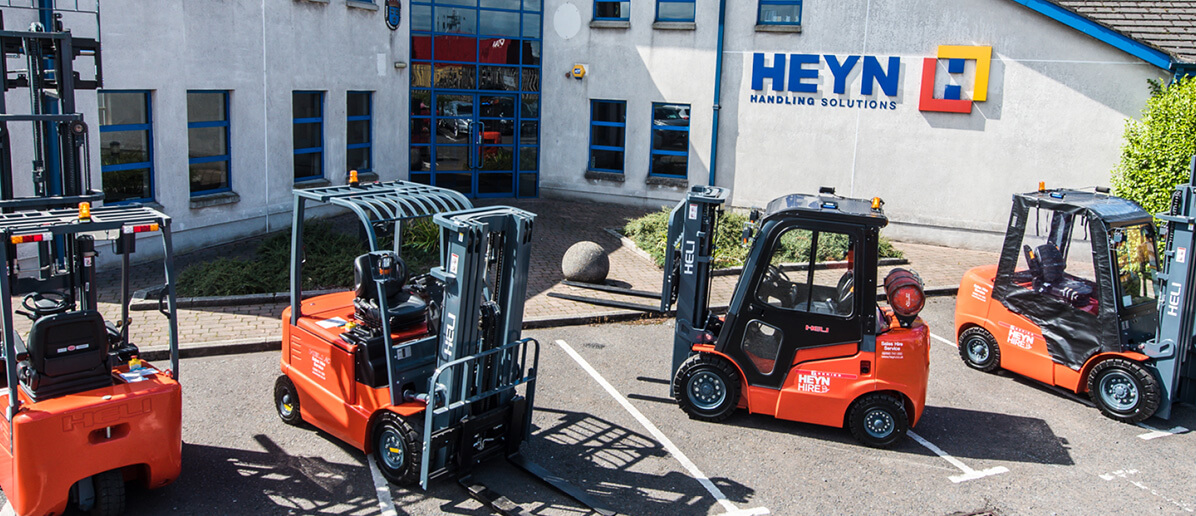
30 August 2023
Heyn Forktrucks – Exclusive Heli Dealers for Northern Ireland
Explore the Power of Heli Forklifts in Northern Ireland. Discover Reliable and Efficient Material Handling Solutions with Heyn. Stay Updated with Latest Forklift Insights and News
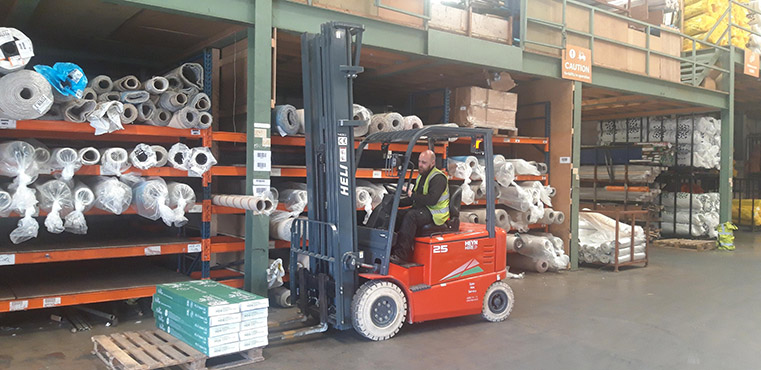
05 September 2023
Flanagan Flooring Welcome Five New Heli Trucks To Their Fleet

14 September 2023
Transforming Wind Turbines into Sustainable Footbridges: A Remarkable Innovation by Queen's University Belfast
Read how engineers at Queens University Belfast are transforming wind turbine blades, which are set to be landfilled or incinerated, into footbridges that can hold the weight of a 30-tonne digger.

16 October 2023
Enhancing Outdoor Learning Spaces with Heyn Environmental and Recycled Plastic Furniture
Heyn Environmental are partnering with schools across Northern Ireland to promote outdoor learning and improving their outdoor spaces

13 November 2023
Height Safety Harnesses – how to choose the correct one and fit it safely

14 November 2023
VErope Special Wire Ropes in Northern Ireland

28 November 2023
Heyn's Top Tips for Rainproofing Your Forklift Truck

29 November 2023
The Crucial Role of Grit, Salt, and Spreaders: Preparing Businesses for Winter

29 November 2023
Prepare Your Forklift For The Winter Season
08 December 2023
Christmas 2023

21 December 2023
Merry Christmas from all at Heyn HS

10 January 2024
Forklift Truck Maintenance
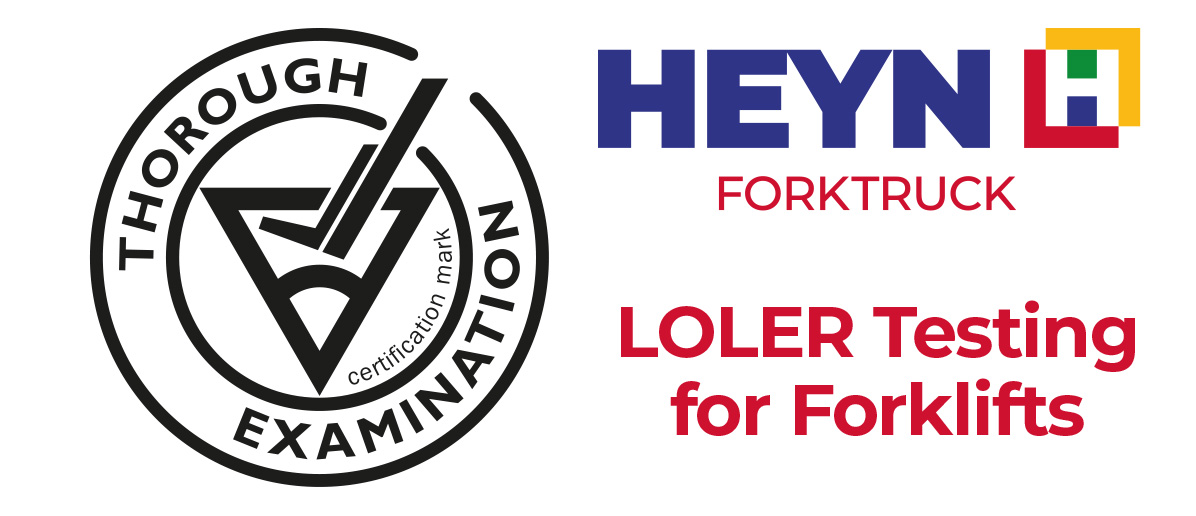
16 January 2024
Thorough Examination Services
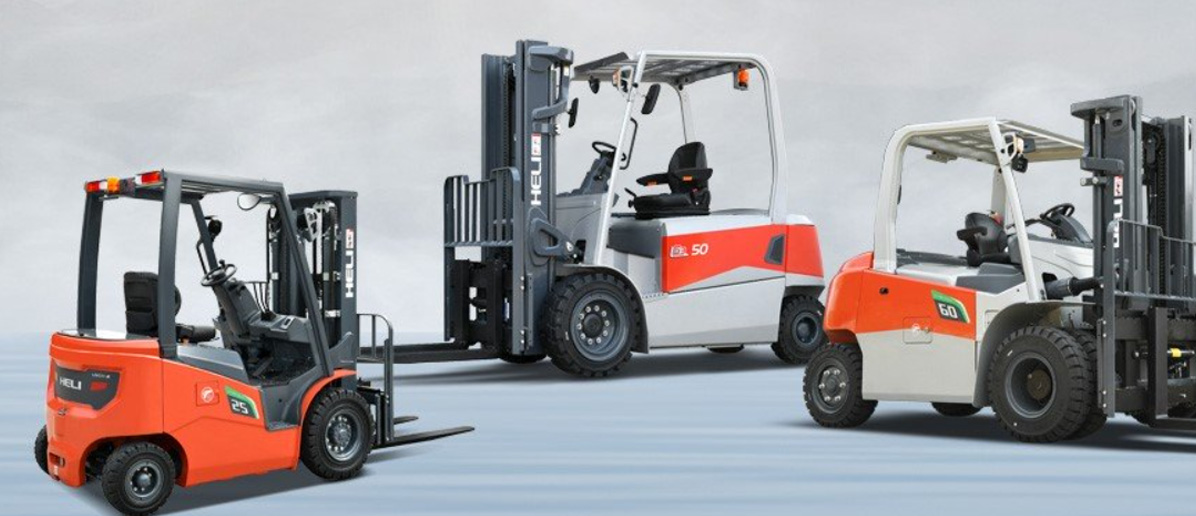
21 February 2024
Heli Lithium-Lite Forklift Range

04 March 2024
Machine Movers & Riggers – What Do They Do?

07 March 2024
HSENI launch a campaign for safe driving on construction sites as part of #DriveDangerOut.

12 March 2024
Keeping Pedestrians Safe in the Workplace

12 March 2024
Safeguarding Lives: Prioritising Safe Use of Lift Trucks in the Workplace

15 March 2024
Optimising Workplace Safety and Efficiency with Heyn Forktrucks and Engineering Services

18 March 2024
Ensuring Workplace Safety: The Crucial Role of Testing Lifting Equipment

17 April 2024
Welsh Government Introduces New Workplace Recycling Legislation

22 April 2024
How UK Companies Can Embrace Recycling to Combat Plastic Pollution in the Workplace

15 May 2024
Simpler Recycling in England- A Brief Overview

28 May 2024
We have developed an online LOLER inspection and certification system

07 June 2024
The Benefits of Recycled Plastic: A Sustainable Solution for the Future

07 June 2024
The Smoking Ban and Workplace Compliance: A Guide for Businesses

19 September 2024
Cycle to School Week: Encouraging a Healthier, Greener Future
21 November 2024
Christmas and New Year 2024

26 November 2024
Heyn Engineering Excited to Expand with SEW Stainless Steel Gear Units
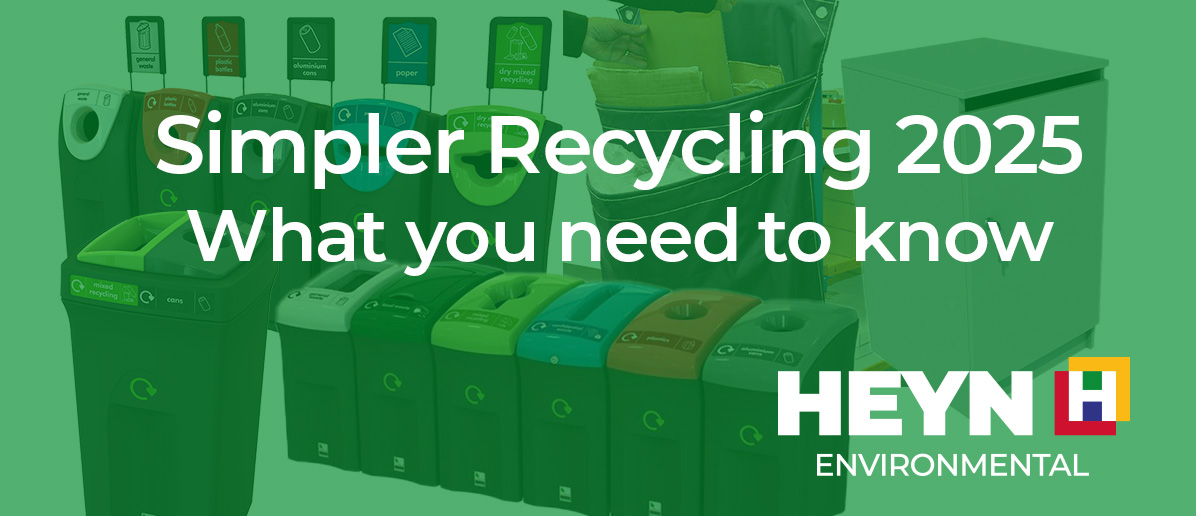
12 December 2024
The New Waste Legislation Coming in March 2025: What You Need to Know
17 December 2024
Christmas 2024

06 January 2025
Heyn Engineering provides solutions for manufacturing and logistics

13 January 2025
Heyn Engineering : Load Testing Services

13 January 2025
The Benefits of Greenskeeper Rubber Matting for Golf Courses During Winter
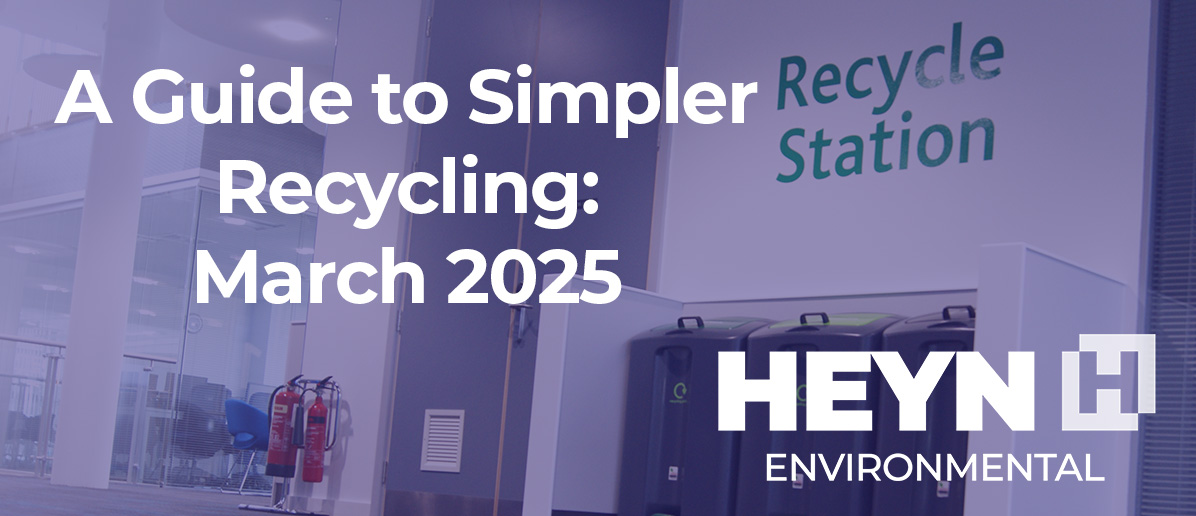
17 January 2025
Simpler Recycling: Don't get caught out with the new legislation

24 January 2025
How to Prevent Damage to Cranes in High Winds: Preparing for Storm Eowyn and Beyond

27 January 2025
Labelling & Identification Solutions by Heyn Environmental

11 February 2025
Rising Car Crime in the UK: Protecting Your Vehicle at Home and in Public Spaces

18 March 2025
Enhance Your Leisure and Caravan Parks with Heyn Environmental

13 May 2025
How Heyn Environmental Helps Local Councils and Community Centres Get Summer-Ready

20 May 2025
Protecting Lives at Height: Why Fall Arrest Systems Are Essential for Workplace Safety

31 July 2025
Celebrating a 50-Year Partnership: Heyn Engineering & Demag Cranes

01 October 2025
Heyn Engineering Leads Historic Move of Spanish Armada Collection




